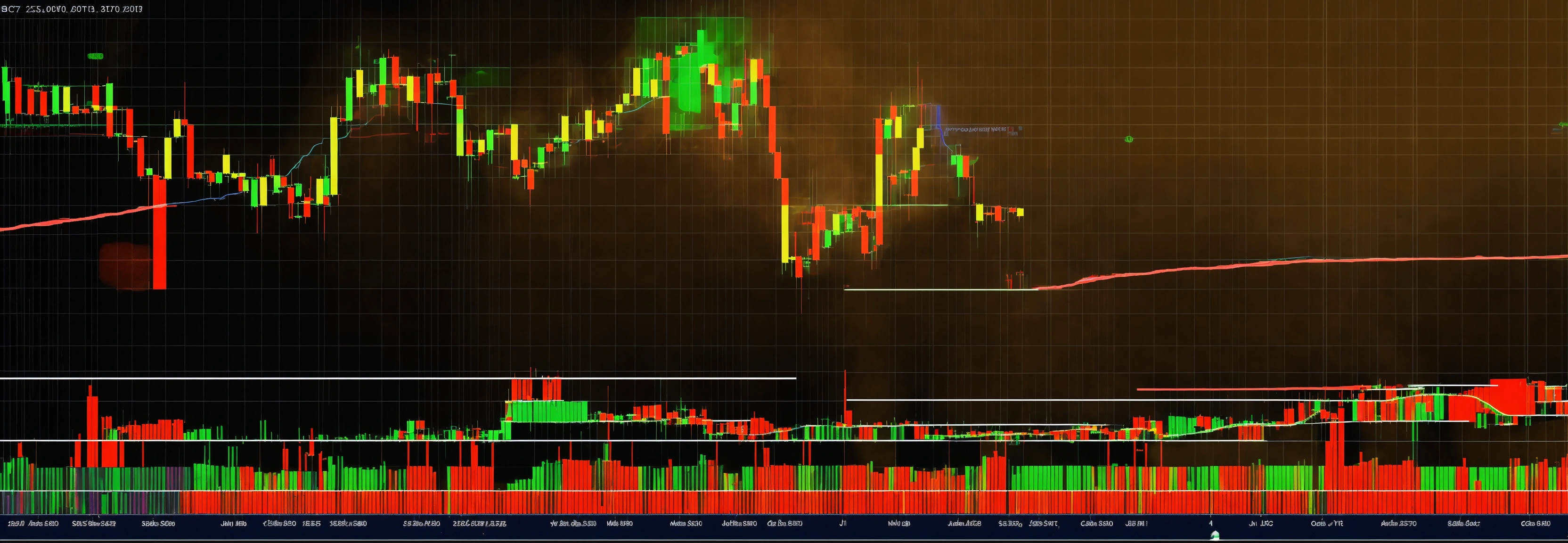In the world of investing, the allure of uncovering undervalued assets and turning them into lucrative investments is a tantalizing prospect. Value stock investing, often considered the art of finding diamonds in the rough, offers investors the opportunity to transform bargains into bountiful returns. In this article, we demystify the art of value stock investing, unveiling the strategies and techniques that can lead investors from bargain purchases to abundant wealth.
1. Unveiling the Essence of Value Investing:
Value investing is a time-tested approach that involves identifying stocks trading at prices below their intrinsic value. These undervalued stocks are often overlooked by the market due to factors such as temporary setbacks, negative sentiment, or industry downturns. Value investors seek to capitalize on these mispriced assets, recognizing their true worth and potential for long-term growth and capital appreciation.
2. The Art of Fundamental Analysis:
Fundamental analysis lies at the heart of value stock investing, providing investors with insights into a company's financial health, business model, and growth prospects. By examining key financial metrics such as earnings per share, price-to-earnings ratio, and book value, investors can gauge the intrinsic value of a stock relative to its market price. Additionally, assessing qualitative factors such as industry dynamics, competitive positioning, and management quality can further inform investment decisions and uncover hidden opportunities.
3. Building a Margin of Safety:
A fundamental principle of value investing is building a margin of safety, which involves purchasing stocks at prices significantly below their intrinsic value. This provides a buffer against potential risks and market fluctuations, reducing the likelihood of permanent capital loss. By buying stocks with a margin of safety, investors protect themselves from downside risks and increase their odds of achieving positive returns over the long term.
4. Patience and Contrarianism:
Successful value stock investing requires patience and a contrarian mindset. Value investors often swim against the prevailing market sentiment, seeking opportunities in out-of-favor or overlooked companies. By maintaining a long-term perspective and resisting the temptation to react impulsively to short-term market fluctuations, investors can capitalize on mispriced assets and unlock their full potential over time.
5. Diversification and Discipline:
Diversification is a key strategy for managing risk and optimizing returns in value stock investing. By spreading investments across different sectors, industries, and geographic regions, investors can reduce the impact of individual stock volatility and market fluctuations. Additionally, maintaining discipline and adhering to an investment strategy based on fundamental analysis and long-term conviction is crucial for success in value investing.
Conclusion:
In conclusion, value stock investing is the art of turning bargains into bountiful returns through diligent research, disciplined execution, and a contrarian mindset. By unveiling the essence of value investing, mastering the art of fundamental analysis, building a margin of safety, exercising patience and contrarianism, and practicing diversification and discipline, investors can demystify the world of value stocks and unlock their potential for abundant wealth. With a strategic approach and a commitment to intelligent investing, value stock investing offers the opportunity to achieve long-term financial success and prosperity.








0 Comments